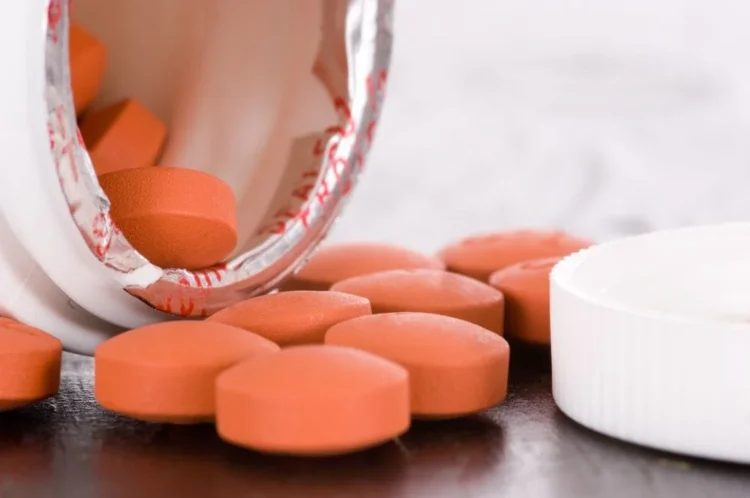Spinal stenosis is a condition that occurs when the spinal canal narrows, putting pressure on the spinal cord and nerves. This can cause pain, numbness, and weakness in the back, legs, and feet. While there are several treatment options available for spinal stenosis, pain management is an essential part of the treatment plan. In this article, we will explore the best painkillers for spinal stenosis.What is the Best Painkiller for Spinal Stenosis?
Symptoms of Spinal Stenosis
The symptoms of spinal stenosis can vary depending on the location and severity of the narrowing. However, common symptoms include lower back pain, numbness, tingling, cramping, and weakness in the legs and feet. Some people may also experience these symptoms in their neck [1].What is the Best Painkiller for Spinal Stenosis?
Diagnosis and Treatment of Spinal Stenosis
If you are experiencing symptoms of spinal stenosis, it is essential to see a doctor for a proper diagnosis. Your doctor may perform a physical exam, imaging tests such as an MRI or CT scan, or nerve tests such as an electromyography (EMG) to determine the cause of your symptoms [3].
Treatment for spinal stenosis may include medication, physical therapy, or surgery. Pain management is also an essential part of the treatment plan. The goal of pain management is to reduce pain and improve quality of life [1].
Medications for Spinal Stenosis
Several medications can be used to manage pain associated with spinal stenosis. The most commonly used medications include:
1. Nonsteroidal anti-inflammatory drugs (NSAIDs)
NSAIDs such as ibuprofen and naproxen can help reduce inflammation and relieve pain associated with spinal stenosis. However, long-term use of NSAIDs can cause side effects such as stomach ulcers and kidney problems [2].
2. Acetaminophen
Acetaminophen is a pain reliever that can help reduce pain associated with spinal stenosis. However, it does not reduce inflammation like NSAIDs do [2].
3. Opioids
Opioids such as codeine, oxycodone, and hydrocodone can be used to manage severe pain associated with spinal stenosis. However, they can be addictive and have several side effects such as drowsiness, constipation, and nausea [1].
4. Antidepressants
Antidepressants such as amitriptyline and duloxetine can be used to manage chronic pain associated with spinal stenosis. They work by changing the way the brain perceives pain [2].
5. Steroid Injections
Steroid injections can be used to reduce inflammation and relieve pain associated with spinal stenosis. However, studies have shown that combined injections of steroids and a numbing medicine relieve back pain no better than shots of numbing medicine alone [1].
Alternative Therapies for Spinal Stenosis
In addition to medication, several alternative therapies can be used to manage pain associated with spinal stenosis. These include:
1. Physical Therapy
Physical therapy can help improve flexibility, strength, and balance, which can reduce pain associated with spinal stenosis [1].
2. Chiropractic Care
Chiropractic care can help reduce pain associated with spinal stenosis by realigning the spine and reducing pressure on the nerves [2].
3. Massage Therapy
Massage therapy can help reduce muscle tension and improve circulation, which can reduce pain associated with spinal stenosis [2].
Conclusion
Spinal stenosis can cause significant pain and discomfort. While there are several treatment options available, pain management is an essential part of the treatment plan. Medications such as NSAIDs, acetaminophen, opioids, and antidepressants can be used to manage pain associated with spinal stenosis. Alternative therapies such as physical therapy, chiropractic care, and massage therapy can also be used to manage pain. It is essential to work closely with your doctor to determine the best pain management plan for your individual needs.

